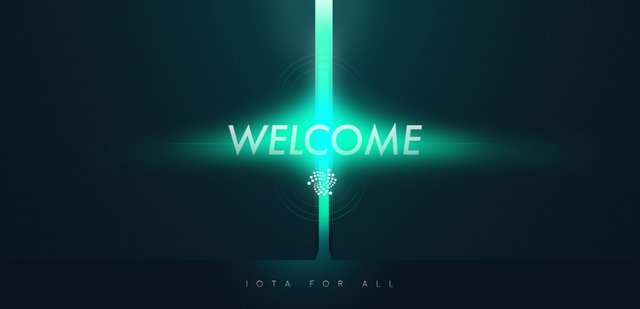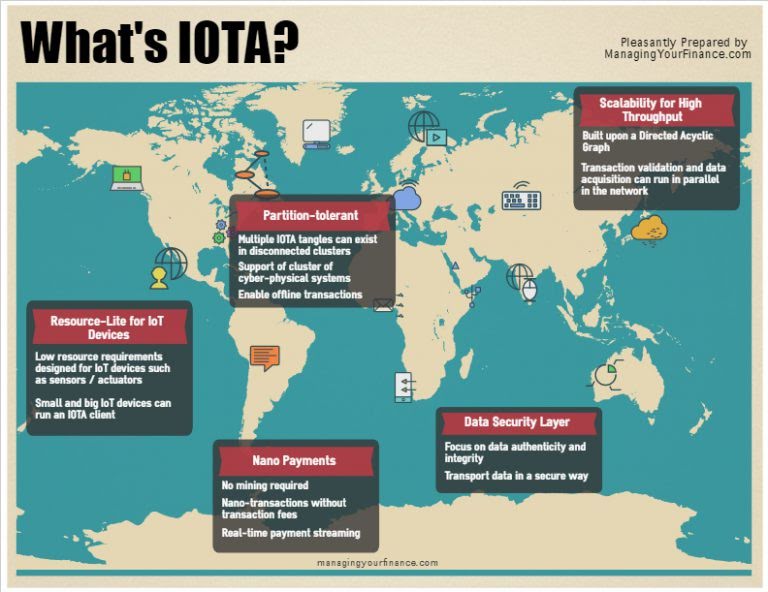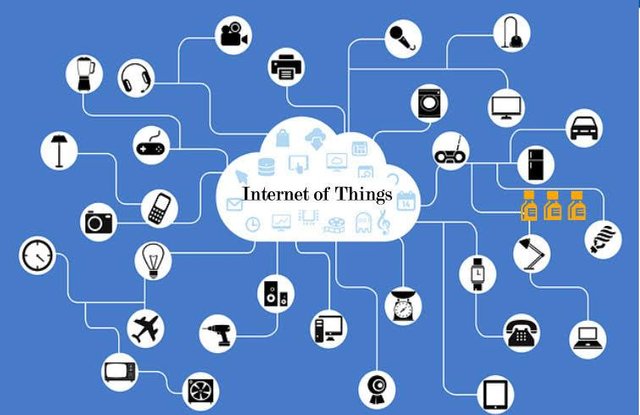Isn't IOTA the Future of Cryptocurrency?
Isn't IOTA the Future of Cryptocurrency?

IOTA trading is finally available on one of the major exchanges today – Bitfinex. Everyone who has been following the project is excited about it. What exactly is IOTA coin? For those who are totally new to Iota, it was created as a far related derivation of the blockchain technology but is far more advanced. If you are planning to buy and invest in IOTA, you are looking for some action. The price of IOTA will further rise in anticipation of exchange launches.
What Is IOTA Coin?

First of all, you have to understand the terms of the Internet of Things (IoT). We are all living in a connected world, where it has been coined and our daily interactions with technology have become widespread. That also means in the process of inter-networking of physical devices such as cars, buildings, home, electronic devices and software, these objects are allowed to collect and exchange data. At the forefront of the 4th industrial revolution is the Internet of Things, or IoT, the idea that even non-network devices can and should be connected to the internet.
However, a global network is always vulnerable despite its benefits such as DDoS attacks. Without a proper system in place, it will only get worse. Wide scale machine-to-machine (M2M) communication has always been claimed as a perfect use case for Bitcoin and microtransactions. No doubt, Blockchain is one of the greatest inventions but it is also stigmatized with pre-conceptions because the majority of issues occurred through human failure. Blockchain’s as such was never hacked, just the human-software interface. Not only that, this technology has a number of drawbacks, which prevent it to be used as one global platform for cryptocurrencies. You’re probably used to hearing about Bitcoin’s scalability problems and long confirmation times due to a growing user base. Traditional Blockchains such as Bitcoin rely on miners. Computing-power-farmers that sit in China that boost transactions through a synchronized peer to peer network and mine parts of the currencies with processor power. Hence, we pay a small transaction fee when we send Bitcoin to someone over the network as this transaction fee goes to the miner a part of their rewards. To resolves the problems of transaction costs, scalability, and offline transaction, IOTA was hence developed. IOTA is a completely open source and a non-profit organization focused on building an IoT solution inspired by, but not based on blockchain technology. IOTA was developed by the IOTA Foundation is a “gemeinnützige Stiftung” (i.e. non-profit Foundation) located in Germany. with the aims to simply provide an IoT solution that leverages blockchain’s security and incentive mechanisms without the drawbacks of fees and transaction scaling.
#1 No Transaction Fees
Instead of the global blockchain, there is a DAG (= directed acyclic graph) that is called Tangle instead of a regular blockchain, enabling various features like zero-cost transactions, infinite scalability or offline transactions. As I mentioned earlier, the traditional transactions are verified by miners. In Tangle, every single transaction forms a new block and is essentially verified by itself. In other words, in order for one’s own transactions to be entered into the ultimate register, one must also act as a relay for at least two other transactions. As such, a mining conglomerate is not required to certify that a transaction has taken place. The lack of transaction fees enables new data-driven business models. Data will be signed and hashed by an IOTA node. Signatures and the immutable hash values assure the payeer that he can rely on the authenticity and integrity of the data when a nano-payment is made. To date, major public blockchains like Bitcoin and Ethereum haven’t successfully proven that they can deliver micropayments at volume due to how they compensate the parties that process and settle payments. The IOTA tangle goes far beyond one-dimensional blockchain concepts with a completely new architecture. It is not just another blockchain idea. It can be understood as a well-engineered new technology concept that can be a key enabler of the machine economy.

#2 Scalability
Ethereum recently pumped due to Bitcoins lack of scalability, but the bancor ICO showed that Ethereum also scales poorly. Today’s blockchain technologies have clear limitations regarding scalability, computing resource requirements and transaction fees. In IOTA, scalability and adapting to high-throughput environments where devices make thousands of transactions is the norm. As such, IOTA is the first permissionless distributed ledger that achieves scalability, making Machine-to-Machine payments for the IoT possible.
#3 Offline Transactions
Blockchain has the concept of a global state, where each network participant must be in full synchronicity in order to make a transaction. The IOTA Tangle is designed less rigorously, enabling the network to build clusters and even make transactions in an offline environment. IOTA nodes can operate without being connected to the main tangle quite happily. If they later wish to connect to the network (when, for example, an internet connection is available) they can do so with ease.
Hi! I am a robot. I just upvoted you! I found similar content that readers might be interested in:
https://managingyourfinance.com/what-is-iota-coin-should-i-buy-and-invest-in-iota
yes agree, IoT market is very hugh, it will take time but think for a moment once every thing connect with internet how hugh the network ??? so it much much potential to move UP .